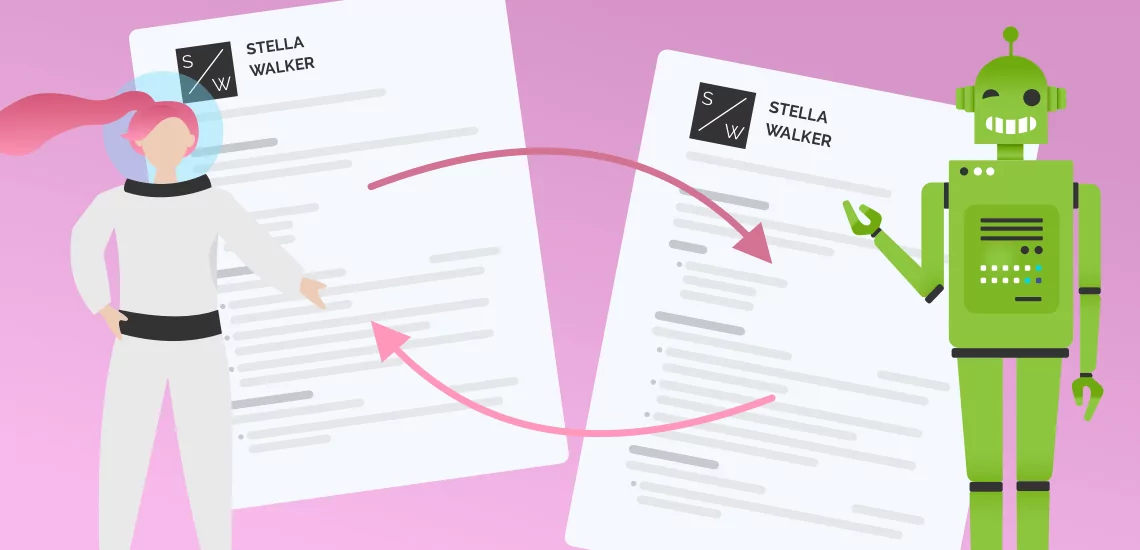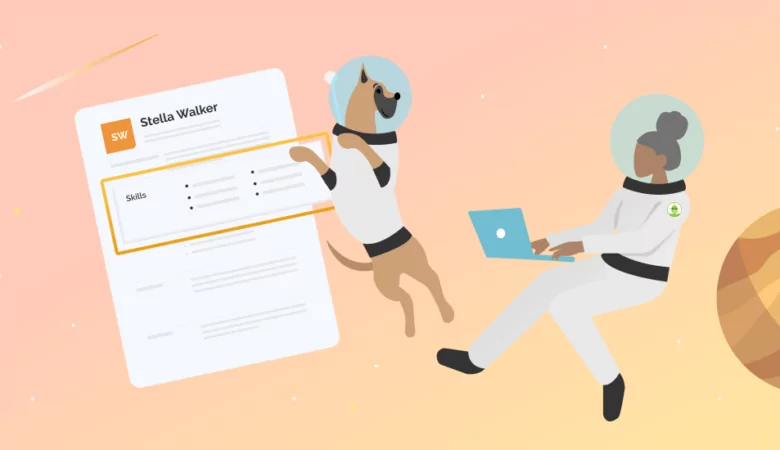Changing your career is a common occurrence, but it doesn’t have to be stressful. Find out how to write a career change resume.

How to Write a Career Change Resume
Career Change Resume
It is more common than ever before to consider a career change. Perhaps you’re part of the Great Resignation, you seek a new challenge, or you’re looking for better opportunities for career growth. Whatever the reason, you’ll need to craft a professional resume that showcases you as a fantastic candidate. However, it can be confusing to know what to include in your career change resume. Here’s what you need to know about writing a resume to break into a new industry and make that career switch.

What Is a Career Change Resume?
A career change resume is any resume you use to switch to a job in a new career field. If you want to make that career transition, the best resume will show your previous path as a strength instead of a weakness. When you’re writing a resume as a career changer, highlight transferable skills and relevant work history to show that you are suitable for the role.
The Best Format for a Career Change Resume
There are three choices for your resume format. These are the chronological resume, which emphasizes work history, the functional resume, which emphasizes skills, and the combination resume format, which emphasizes both.
The combination format is best for a career change resume, as you will need to highlight transferable skills and work experiences that make you a viable candidate, but a functional resume (which stresses skills and training) or chronological resume (which stresses work history) can also work for you, depending on your strengths.
Writing a Resume Objective for a Career Change Resume
A critical element to get right for your career change resume is your resume objective statement. A career change resume objective is a statement of your goals and reasons for making a career change in two or three concise sentences. You can connect your past achievements with your new career, showing how your attributes can positively impact the future workplace.
For a career change, it’s typical to use a resume objective but you can could also opt for a resume summary instead. A resume summary tends to highlight work experience and achievements.
Connecting Your Work Experience, Skills, and Qualifications to the Job You Want
When heading into a different career, it’s imperative to understand that your work experience is valuable. You just need to do a little more work to make that clear to the potential employer. Your experience section should feature previous jobs and relevant experience with bullet points briefly outlining your responsibilities.
Help the recruiter make connections between your choices and the responsibilities of the advertised role. Establishing a track record of success in your resume is also helpful as it suggests you are likely to bring these attributes to the new job.
When entering a new field, job seekers need to demonstrate transferable skills. Include these in-demand soft skills in your skills section:
- Communication
- Problem-solving
- Project management
- Teamwork
- Interpersonal skills
No matter the position, all recruiters see these as relevant skills. Look for other soft skills mentioned in the job description for inspiration on what to include.
For your education section, don’t include certifications that aren’t relevant to the role. This can be difficult to judge. As a general rule, you can share details of your university degree, but it’s best to avoid other non-industry-related qualifications.
You will build on these sections in your cover letter. Your well-crafted cover letter will help expand on your resume sections to explain how you can excel in the new role with your current skill set.
FAQ: Career Change Resume
No, your career change resume is not the same as writing a resume with no experience. Just because your years of experience aren’t industry-related doesn’t mean they aren’t applicable. Visit ResumeNerd for additional resume tips you can use to create your resume.
You need to demonstrate that you have both hard skills and soft skills on your resume. Whatever the job title, both hard and soft skills will be necessary. However, the amount of each may vary depending on the field you are entering.
Check our free resume examples for inspiration on what to include on your resume. Your career change resume will be no different in terms of what to include. You need a header where you will share your contact information, including LinkedIn and professional portfolio links if available, followed by the resume summary or resume objective. Then, you’ll have your skills section, the experience section, and the education section. The order will vary depending on the resume format you choose.







